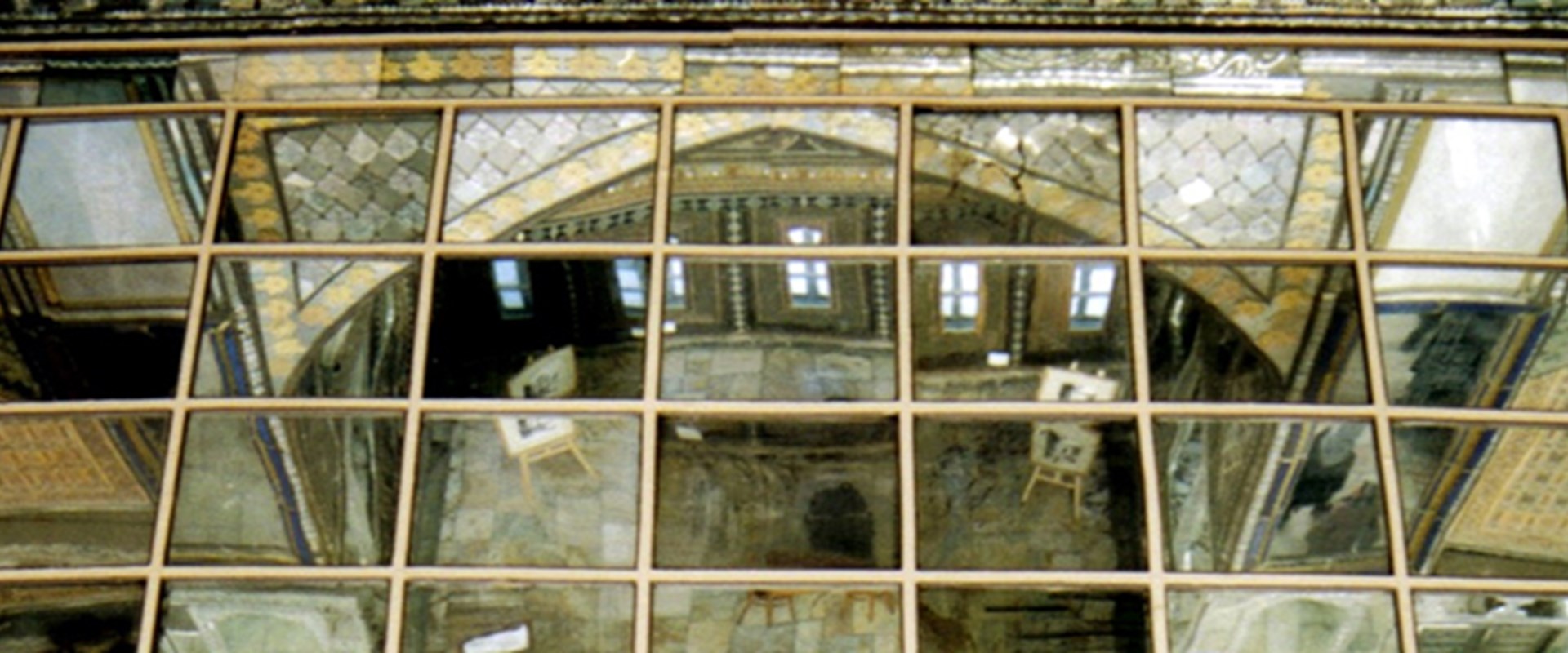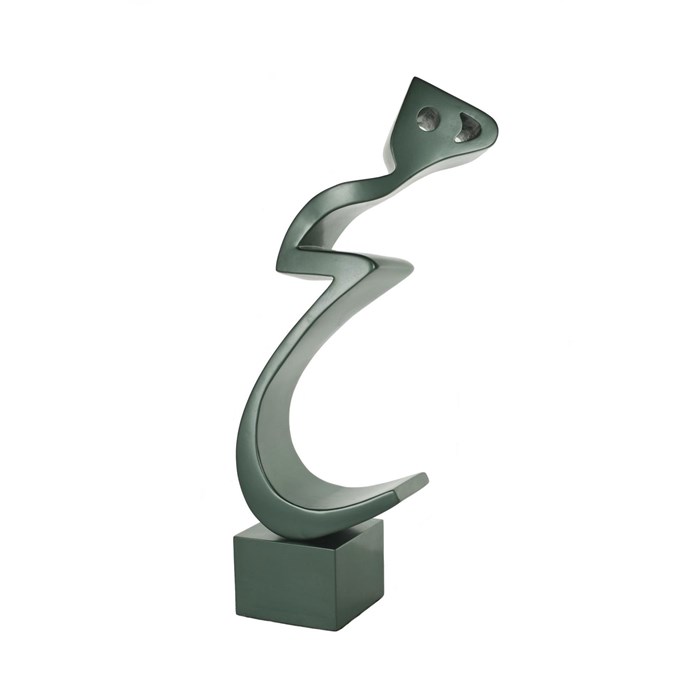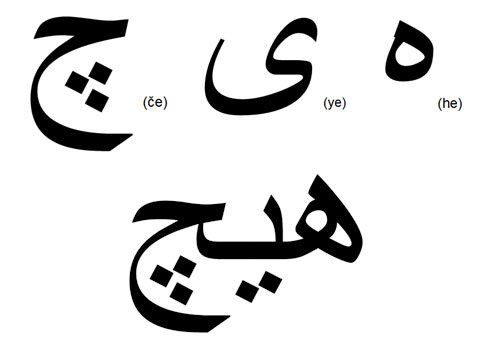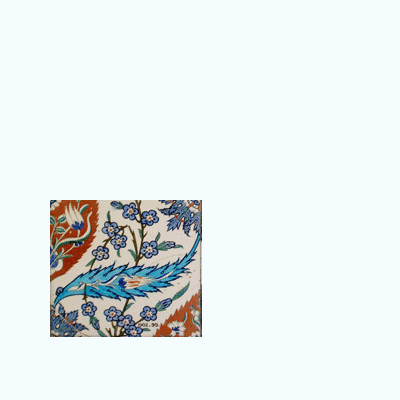Key in a search term below to search our website.
Key in a search term below to search our website.

This green fibreglass cast sculpture titled ‘Standing Heech’ was created by renowned Iranian artist Parviz Tanavoli. The work is a three dimensional representation of the Persian word ‘heech’, meaning ‘nothing’.
Date
2007
Made by
Parviz Tanavoli (b. 1937)
Made in
Tehran, Iran
Made from
Fibreglass
Dimensions
Height 94cm, width 43cm, depth 28cm
Acquired
The sculpture was acquired in 2011 with the support of Charles Pocock and Meem Gallery.
Museum reference
On display
Artistic Legacies, Level 5, National Museum of Scotland
Did you know?
The sculpture is composed of three Farsi characters. Farsi is the Persian language, and the official language of Iran.
During his career, Parviz Tanavoli has incorporated the word within numerous works in a range of materials, shapes and sizes. The artist employs these variations to expose people to the concept of nothingness through being in the physical presence of Heech.

To Tanavoli, the concept of ‘nothing’ has a wide range of meanings, and is not necessarily an expression of despair and hopelessness. One interpretation relates to Persian Sufism, in which ‘nothing’ is an aspect of God, who creates everything from nothing.
The sculpture is composed of three Farsi characters in the calligraphy style of nasta'liq, a popular style of Persian calligraphy. Farsi is the Persian language, and the official language of Iran. The three letters he, ye and če are combined to produce the word ‘heech’, pronounced 'h'+'ee'+'ch'.
Calligraphy is an art form in its own right. The rules which govern the delicate relationship between space and text are carefully observed when creating two dimensional works on paper. Tanavoli has broadened this relationship, and given new movement to Persian script through twisting the sculpture.

Above: The Persian letters he, ye and če combining to produce the word ‘heech’.
Tanavoli created his first Heech in 1965. Since that time, he has worked repeatedly with the form, producing artworks ranging from small jewellery, such as pendants and rings, to large scale sculptures which dominate the landscape. Through his dedication to the heech form, Tanavoli relates his working style more closely to that of an artisan than a sculptor, a title he does not identify with.
While sculpture is a relatively new art form in the Iranian culture, this repetition of design is reflective of the traditional Islamic practice of repeating a craft in the quest for perfection. The visual results of this replication can be found within traditional Islamic artwork in the shape of patterns and designs, like the tiles below.
